Redefining single cell proteomics
Advanced ion optics and PASEF to investigate cell heterogeneity and biology from a single cell
Mass spectrometric proteomics has become a staple of modern research in understanding biological function and disease mechanisms. Healthy or diseased tissues that seem homogenous are composed of cells with a variety of different proteomes. The challenge of deciphering the proteomes in each single cell – the cell heterogeneity – holds the key to fully understanding its function.
The timsTOF SCP offers a radically improved ion source concept. Combined with parallel accumulation serial fragmentation (PASEF®) acquisition methods, it provides extremely high speed and sensitivity to tackle proteomes of single cells or post translational modifications in a few cells that are morphologically or functionally similar.
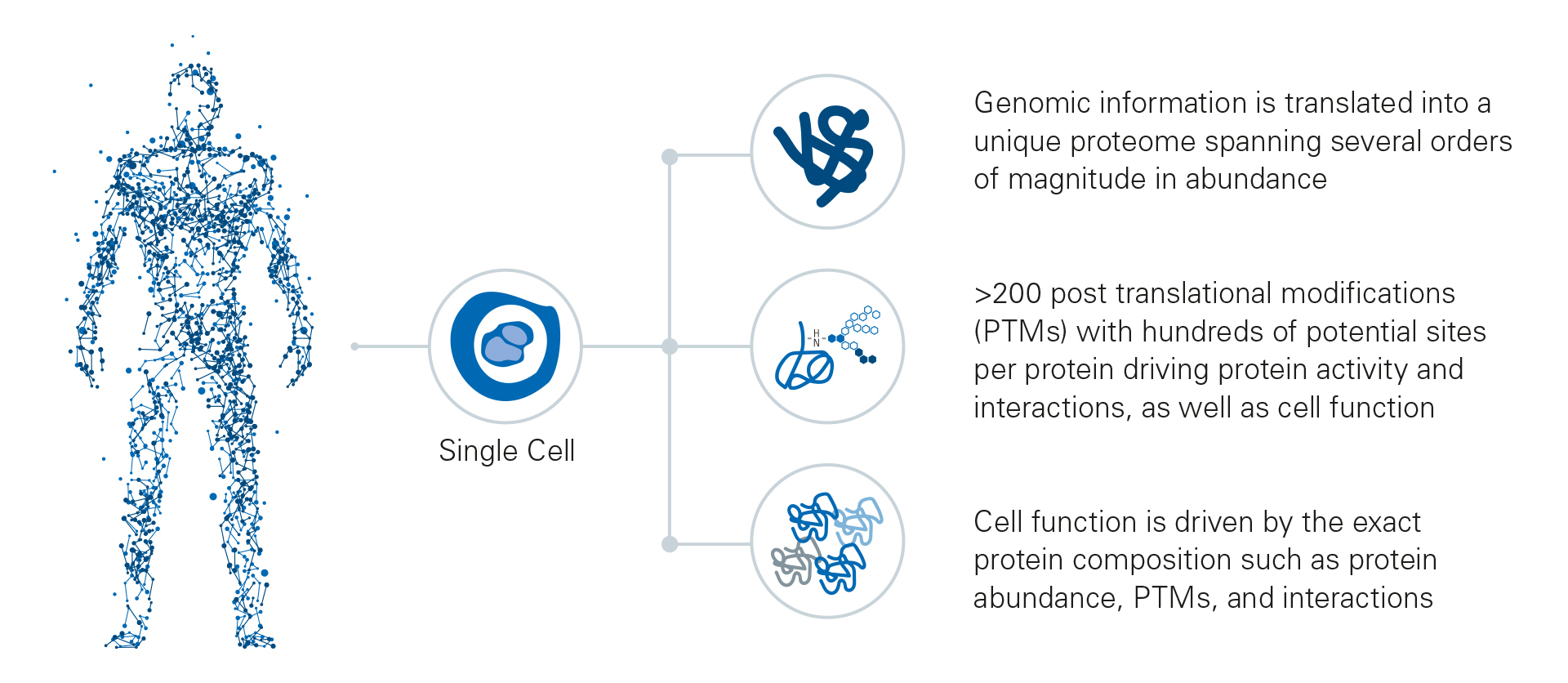
Radically improved ion transfer
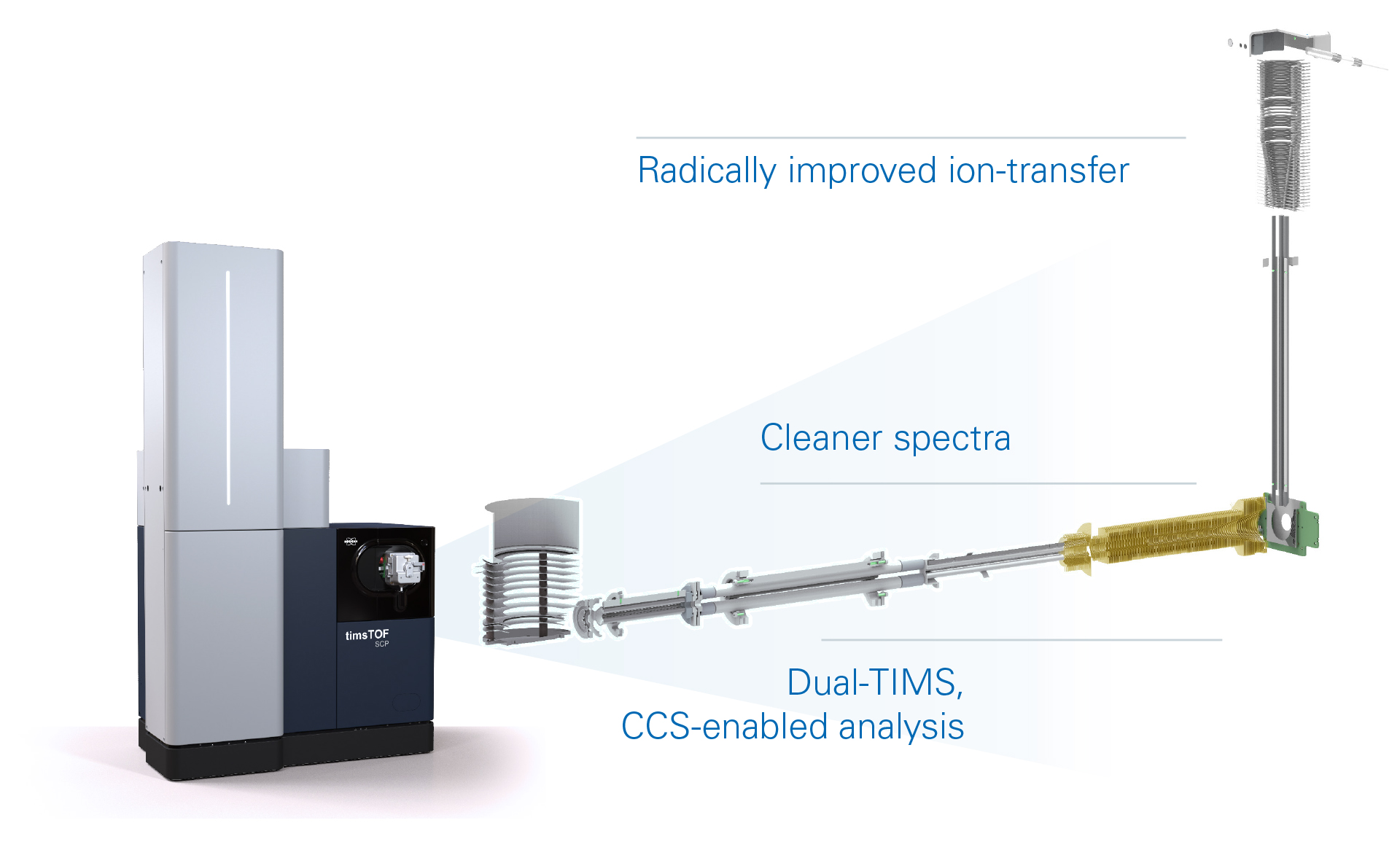
The timsTOF SCP features a modified ion source geometry that includes 1 mm capillary identification for five times higher ion transfer into an additional higher pressure stage ion funnel and 8-stage differentially pumped vacuum system.
The larger capillary yields ultra-high sensitivity and the additional orthogonal ion reflection and subsequent funnel offers a separate, differentially pumped stage, maintaining the system robustness expected from the timsTOF instrument series.
Dramatic improvements in proteomics performance
The timsTOF SCP offers improvements in ion transmission into the source while maintaining robustness with an added higher pressure vacuum stage. This results in an almost 5x improvement in ion current. When combined with the Evosep One Whisper method running at 100 nL/min flow rate, and the dia-PASEF method, sensitivity gains of about 100X over previous high-flow results with the Evosep One are achieved. This enables unbiased proteomics at the true single cell level with good reproducibility, robustness and coverage of about 1500 proteins per cell for the first time.
Dual-TIMS, CCS-enabled analysis
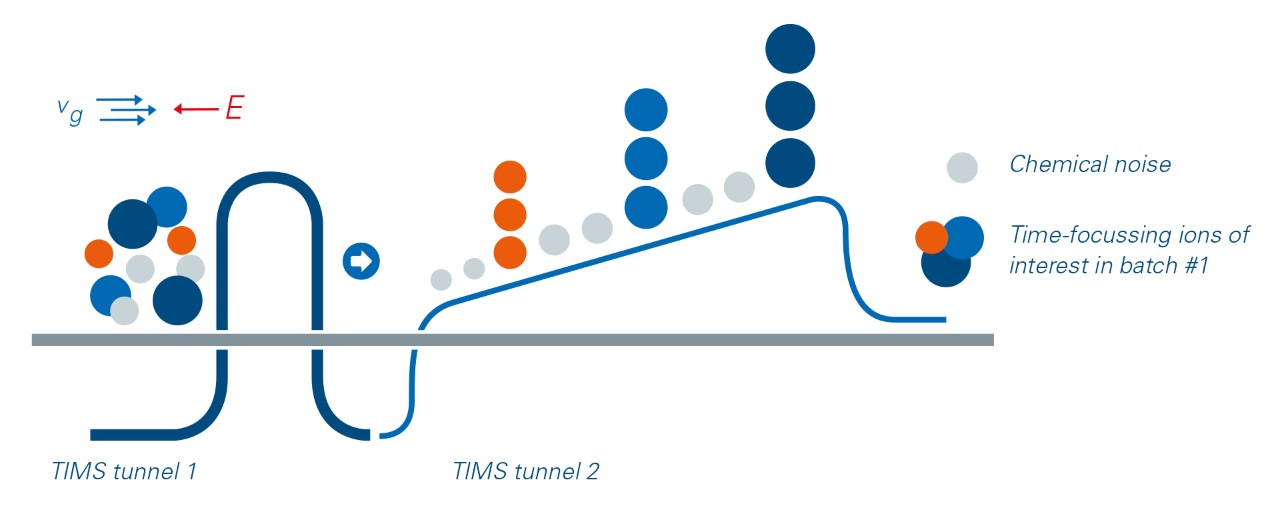
Trapped ion mobility spectrometry (TIMS) is first and foremost a separation technique in the gas phase. This resolves sample complexity through an added dimension of separation in addition to high performance liquid chromatography (HPLC) and mass spectrometry, increasing peak capacity and confidence in compound characterization.
Equally important, the TIMS device also accumulates and concentrates ions of a given mass and mobility, enabling a unique increase in sensitivity and speed. A near 100% duty cycle can be achieved with the dual-TIMS technology facilitating accumulation in the front section, while ions in the rear section are sequentially released depending on their mobility. This process of parallel accumulation serial fragmentation (PASEF®) enables collisional cross section (CCS) analysis.
CCS-enabled analysis opens up many further analytical possibilities, from greater certainty of compound identification to confident library matching and lower false discovery rates (FDRs) in large datasets.
Ideal for immunopeptidomics and other enrichment workflows
Besides unbiased true single cell proteomics applications, the timsTOF SCP also offers outstanding sensitivity for workflows that involve enrichment of peptides from the proteome. Immunopeptidomics studies start with purification of immunopeptides from plasma or tissue.
Since immunopeptides are present at relatively low abundance in these samples, the timsTOF SCP is ideal for immunpeptidomics for neo-antigen discovery where the available material is limited, as in needle biopsies. The timsTOF SCP also has the sensitivity to revolutionize the use of phosphoproteomics for the study of signaling pathways in cancer.
PASEF®
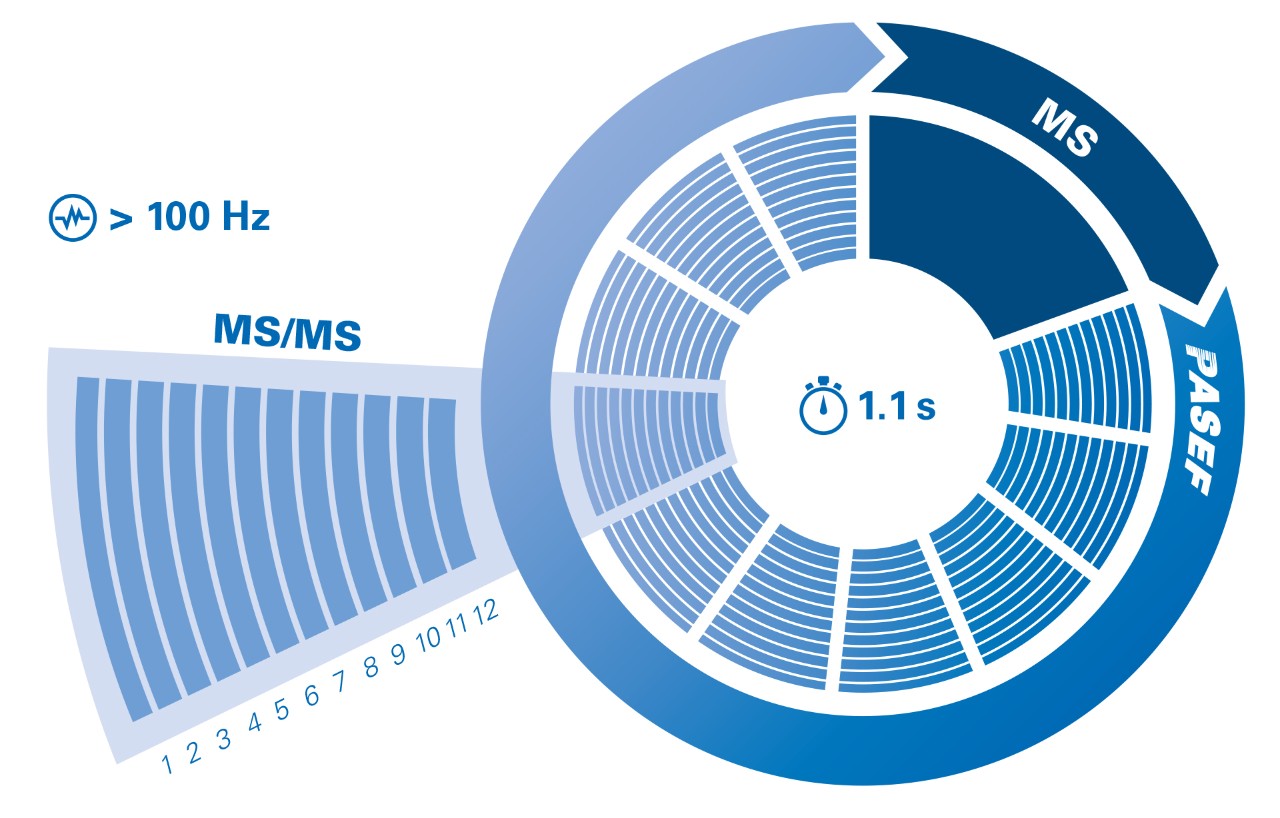
Peptide ions are separated using trapped ion mobility spectrometry (TIMS), eluted (~ 100 ms) and detected in the quadropole time of flight (QTOF), generating the TIMS MS heat map. In the PASEF® method the same TIMS separation is used with the quadrupole isolating a certain ion species during its elution and immediately shifting to the next precursor. Parent and fragment spectra are aligned by mobility values.
The parallel accumulation serial fragmentation (PASEF®) technology achieves a sequencing speed of >100 Hz. Using PASEF® increases the MS/MS spectra quality of the low abundant peptides by selecting them several times.
PASEF®: the perfect fit for shotgun proteomics
The timsTOF SCP powered by PASEF® offers a sequencing speed of >100 Hz without losing sensitivity or resolution. This is achieved by synchronizing the quadrupole isolation mass window with the elution time of the specific peptide packages from the TIMS funnel as well as the collision energy in the collision cell.

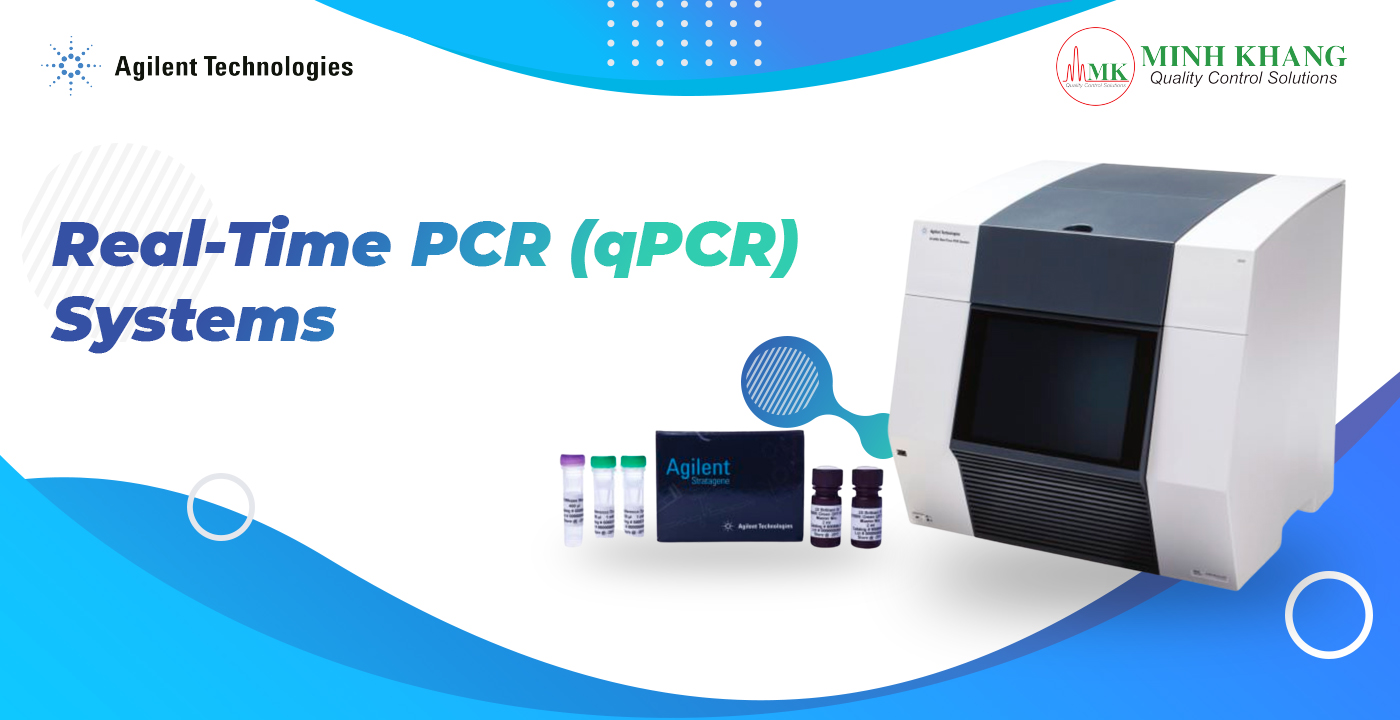
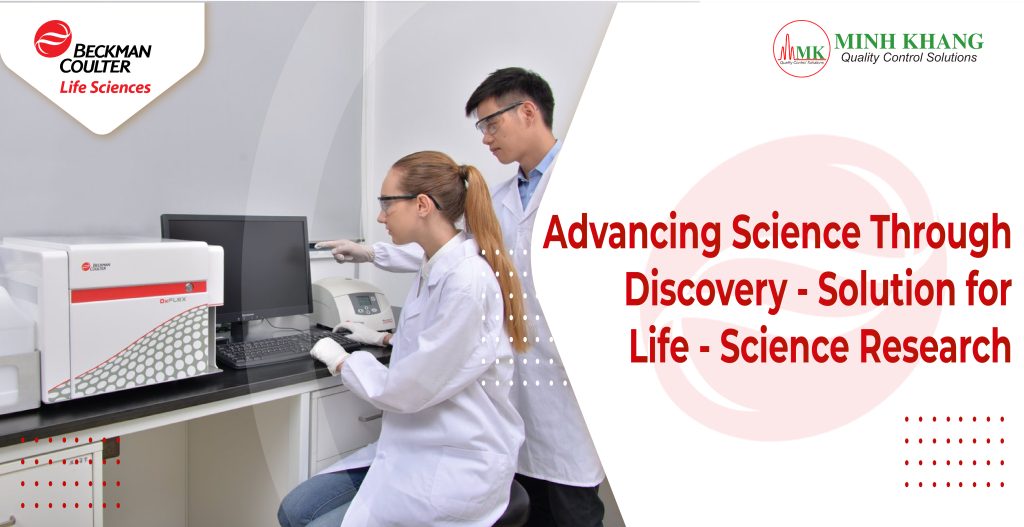
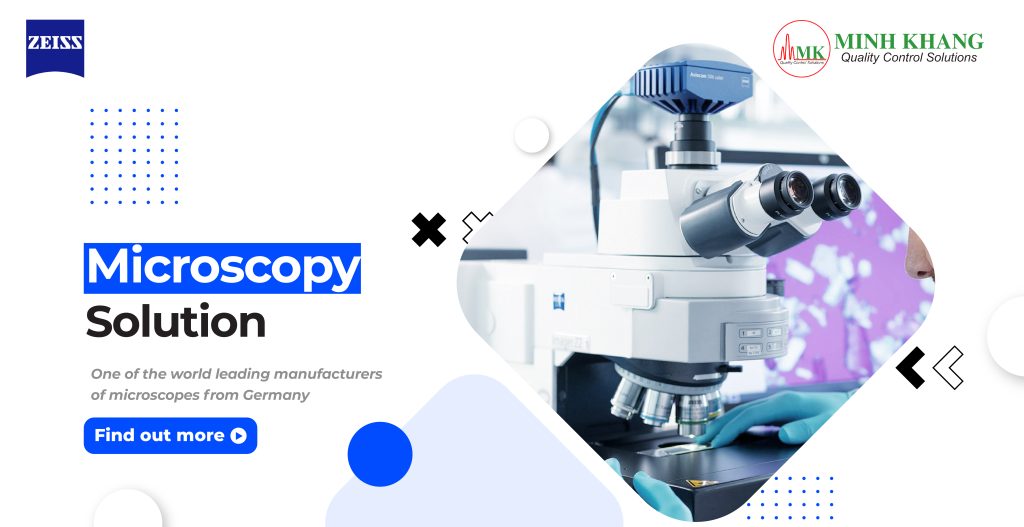

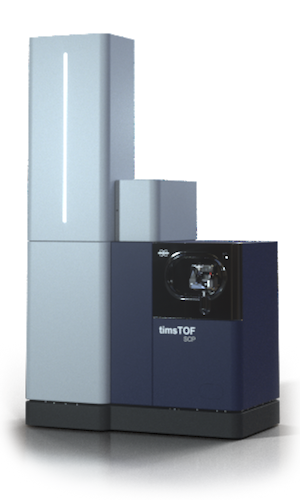



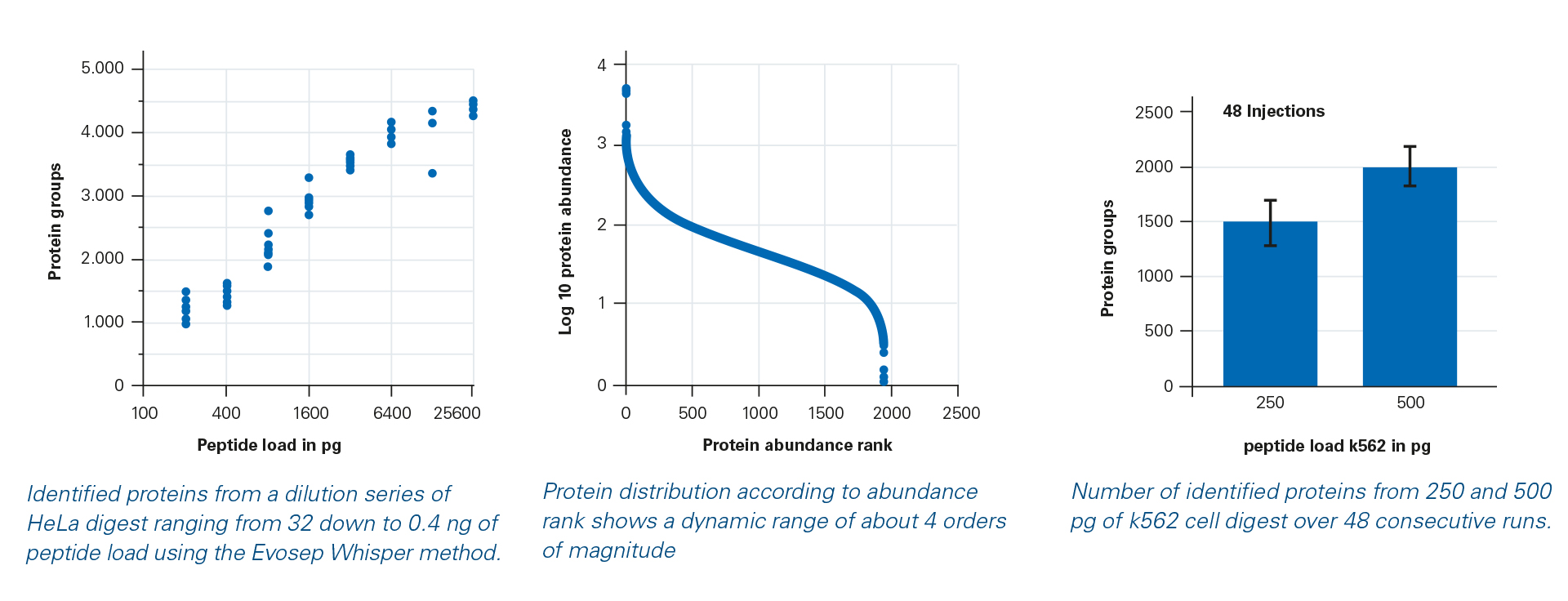

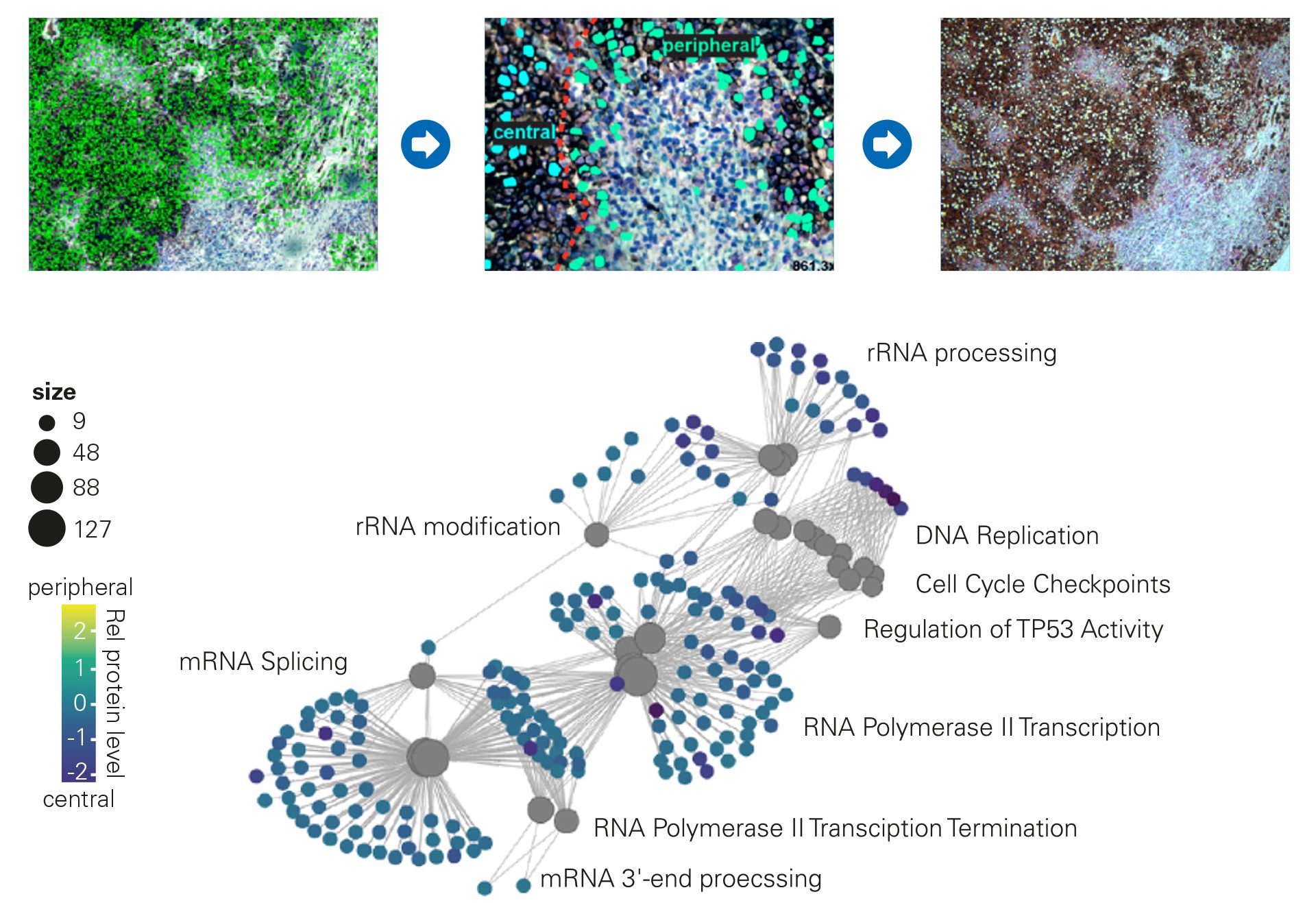
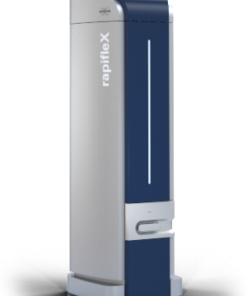
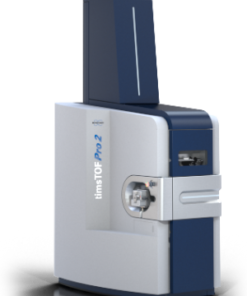
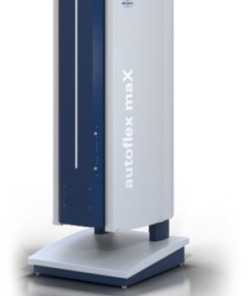
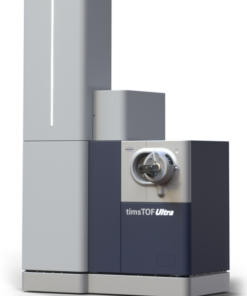
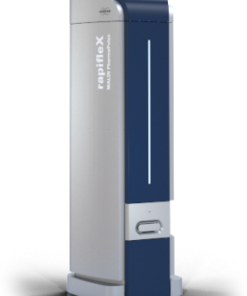
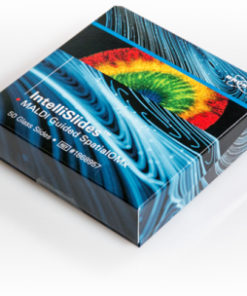

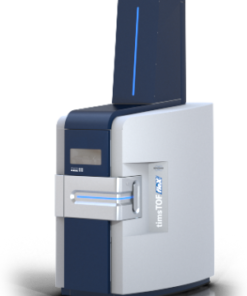
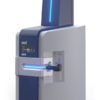
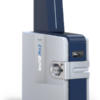

 VI
VI